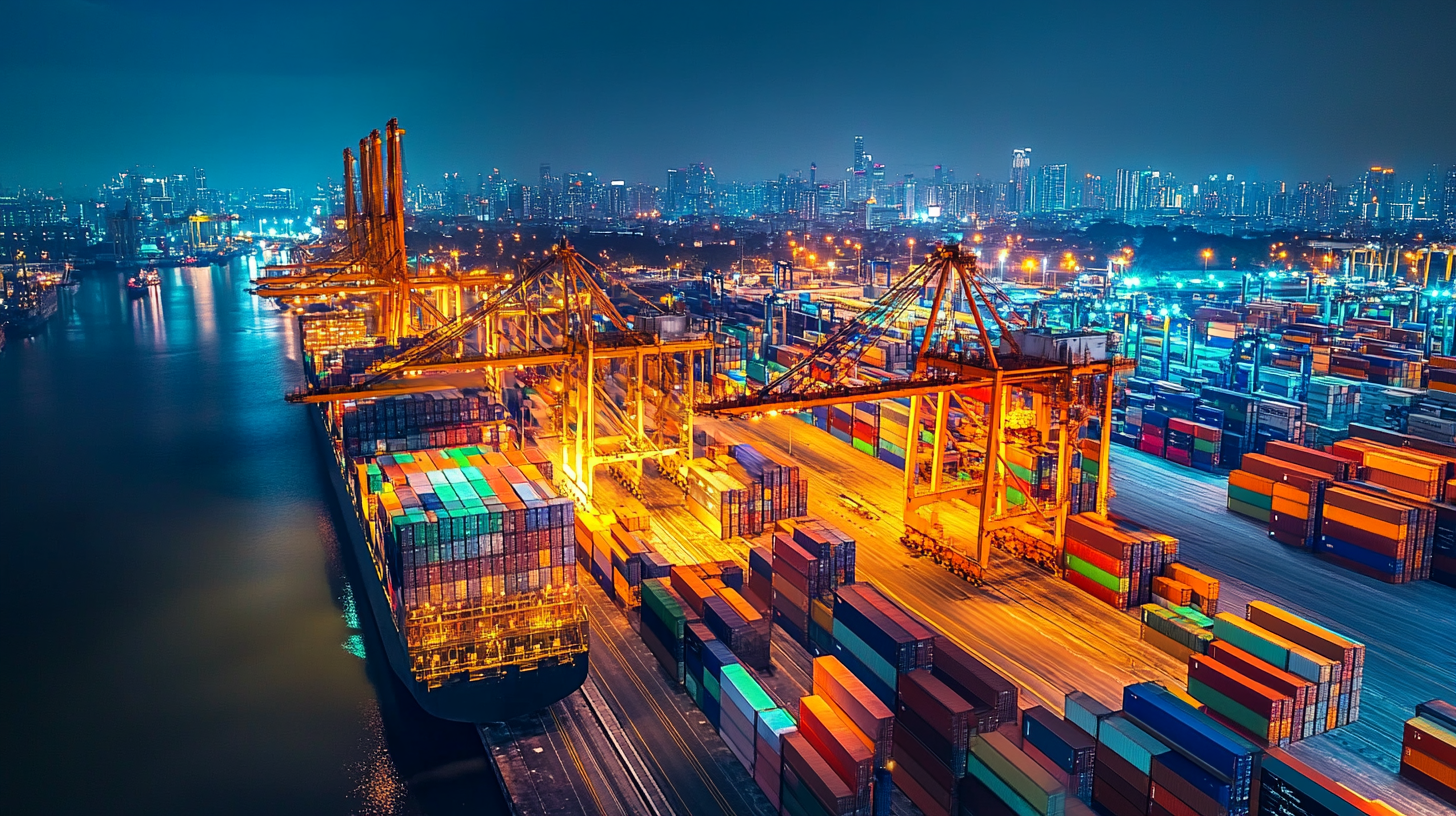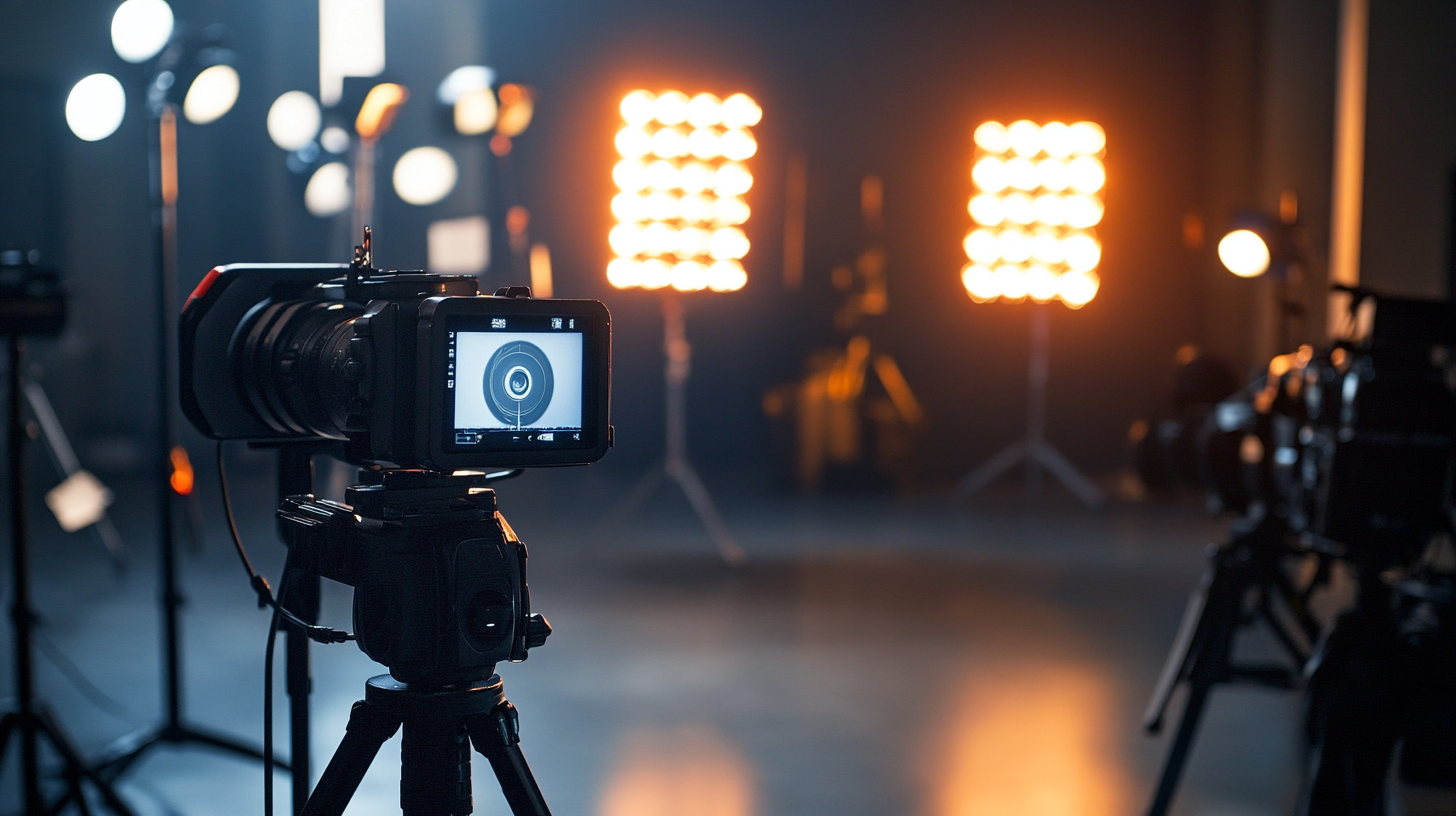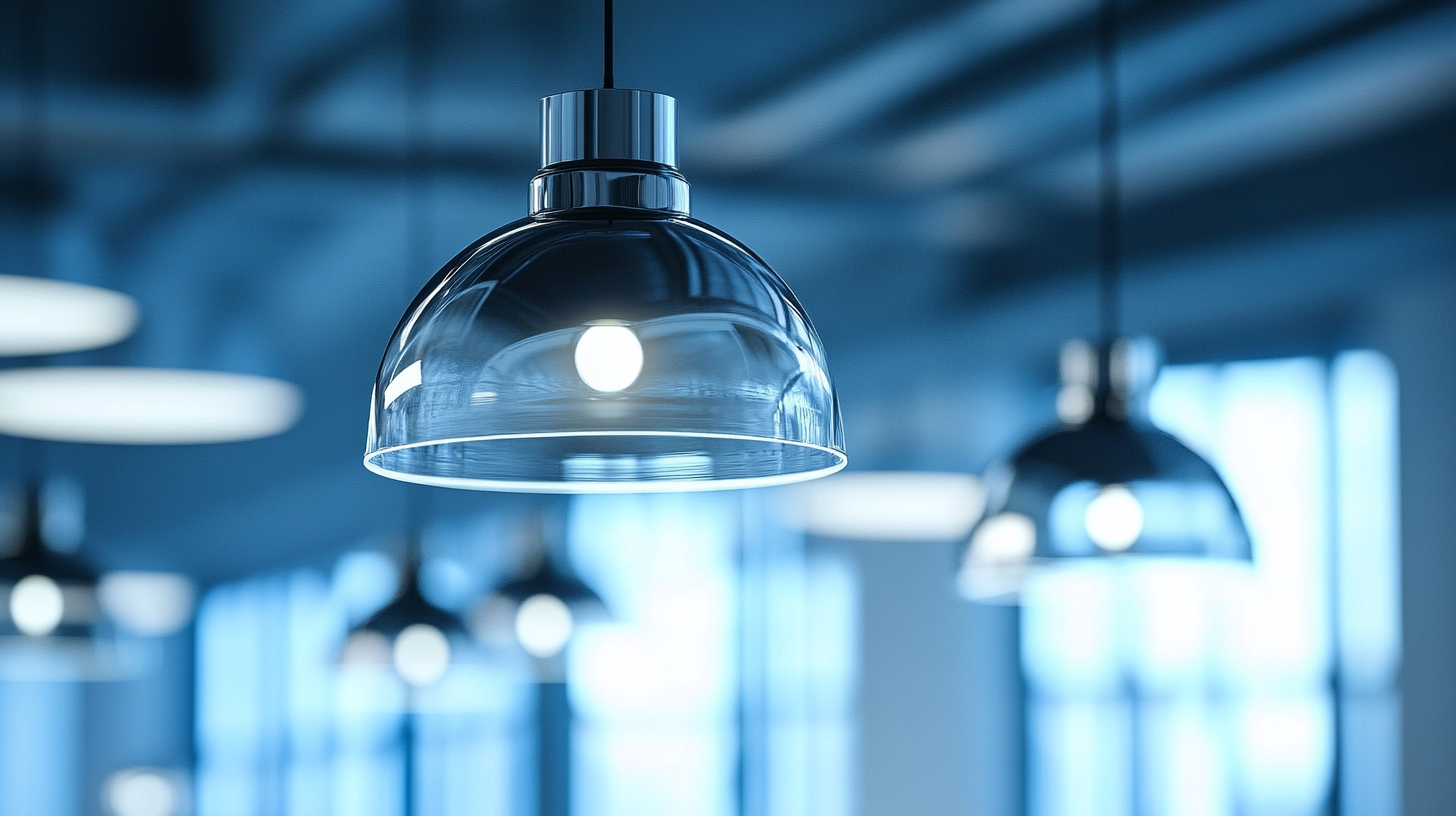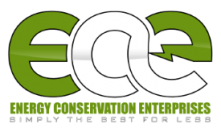Navigating Global Standards for Importing Commercial Led Fixtures
It's all happening now in the demand for energy-efficient and sustainable lighting. Commercial Led Fixtures are among the many frontrunners in the whole acceptance of innovation and efficiency in the lighting industry. However, importing these fixtures can be a complex issue for businesses because of the overlapping web of global standards and regulations. This blog will try to explain and simplify the nuances of importing Commercial Led Fixtures by giving insights into the essential standards and compliance requirements that manufacturers and importers must be familiar with.
Such understanding would then encompass both adopting those certifications and going to the trade standards that would apply to Commercial Led Fixtures. The difference is such that even if it is considering international orientations, the actual certifications and standards of a certain country, or even for a region, shall always have a localized application. In terms of energy efficiency, safety, quality, or all of them, compliance with the international standards will serve to add to the credibility of products and facilitate the entrance into countries with smoother boundaries. In that regard, this discussion is about identifying the variables significant to the importing process and the approaches to circumvent these regulations, allowing organizations to thrive under diverse arrangements for commercial lighting solutions.

Understanding the Importance of Global Standards in LED Fixture Importation
The complex world of LED fixture importation requires grasping the critical role global standards are taking on in the light industry. The advancements of technologies that press for environmental concern and regulations force both manufacturers and importers to comply with certain guidelines. These standards thus foster the trade of LED products plus consumer protection and energy efficiency. With some countries implementing stringent regulations that will phase out incandescent lighting, LED technology with its sustainable credentials gets its own share of attention. Importers must meet global standards so as to ensure that their products fulfill legal requirements and quality benchmarks that engender consumer confidence. Awareness of these standards provides a useful tool for businesses trying to navigate through the maze of international trade, which places them in a favorable position amidst stiff market competition. In addition, as innovation continues to birth new lighting solutions, it is critical for firms to keep abreast of the latest standards that apply to the LED supply chain. The technical specification aspects, along with the environmental implications, also have to be considered with imported LED fixtures in a global market that demands sustainability. Adoption of these standards will therefore find a strong avenue through which companies will hasten their pace in an ever-changing business.

Key Regulatory Bodies Governing LED Fixture Imports Worldwide
Importing commercial LED fixtures often involves navigating through the regulatory landscape for successful compliance and entry into the market. The importation of LED lights is subject to the laws of many different top regulatory bodies worldwide, and such applicable norms can become necessary for manufacturers and distributors themselves. International Electrotechnical Commission (IEC): At an international level, to ensure that products meet the electrical performance global standards, safety and performance criteria have been established concerning LED products by this organization. Reports also suggest that with increased adherence to these standards, more than 30% energy consumption could be reduced in lighting by 2030.
In the United States, the Department of Energy (DOE), as well as Underwriters Laboratories (UL), set large portions of criteria under which LED fixtures are to be marketed. For example, the energy efficiency regulations of the DOE regarding fixtures would be very rigid according to their "Energy Policy Act," only provides for those fixtures whose efficiencies reach federal benchmarks to qualify for incentives at the federal level. UL certification serves both objectives of reducing hazards and consumer expectations as pertains to product safety. Therefore, barriers of entry into the market are pronounced for nonUL-list products.
The EU EcoDesign directive touched upon these approaches in its attempt to reduce and limit the environmental footprint of lighting products. Amongst other things, the directive requires that manufacturers should prove their products' commitments to environmental performance standards connected to a projected energy savings of around 177 terawatt hours by 2030. It indeed gives significant insights into the regulatory bodies' role in shaping the landscape of the market as well as encouraging businesses to become more sustainable and remain competitive in the global battleground. Such instances demonstrate that regulatory frameworks mess with the global importation of LED lights. Hence, the companies should be educated and prepared.

Essential Documentation for Complying with Global LED Standards
When one is considering importing commercial LED fixtures, one must also become acquainted with the basic documentation that must be used for global LED standards compliance. The International Electrotechnical Commission (IEC) has set forth several standards to ensure safety, energy efficiency, and environmentally conscious practice regarding lighting products. The general requirements and tests for luminaires are covered by IEC 60598-1, which sets performance and safety parameters manufacturers have to comply with for effective market entry.
Commonly, documentation confirming compliance would be Certificates of Conformitivity (CoCs) issued upon asserting that the products meet specific standards. The Light and Lighting Industry Report (2022) finds that 75% of global lighting regulations are shaped by energy efficiency requirements, making credible results from testing in recognized laboratories of utmost importance. Furthermore, most jurisdictions require Energy Star certification, which is an extra wedge for marketing in a very competitive ecosystem where environmentally conscious consumers abound.
Besides, trade agreements such as the Regional Comprehensive Economic Partnership (RCEP) facilitate the importing process, albeit with an attention to detail on accordance with the respective local standards documentation. Compliance with proper labeling regulations like the CE Mark system applicable in Europe or UL certification in the USA is critical to avoid delaying product entries. Lack of documentation may incur huge penalties or product recalls; hence, awareness of these requirements will allow the importer to maneuver through the complexities of the global market.

Common Challenges Faced by Importers of Commercial LED Fixtures
Importing commercial LED fixtures has become a very complicated affair these days because global standards keep changing. One of the most complicated prongs of the importer's experience is the different kinds of regulatory maze countries have created for their compliance requirements. For example, most regulatory authorities set stringent safety and energy efficiency requirements before any product is allowed in the market. A recent report shows that the global LED lighting market is forecast to exceed $100 billion in 2025, stressing the reason for compliance in catching a part of that dynamically growing market.
Besides this, importers also come across issues like documentation and tariff classifications. Strong penalties and extra costs are often consequences of misclassified products, and legal cases of recent origin cite customs misrepresentation. What the importers need to know is that accurate labeling and knowing import tariffs are quite relevant because legislation changes in a very sudden manner. For example, Egypt has recently increased its import duties to induce local manufacturing and lessen the volume of nonessential imports; hence the importance of such information is even more for these companies today.
Besides, logistics-the most crucial level of complexity for imports-delays shipment processing, painful customs clearances, among other things. Data indicate that almost 40% of importers actually face some supply chain interruptions, since a survey by the industry reports so. Staying in demands of the ever-evolving industry means importers should put in place vigorous compliance strategies and maximize high-end technologies for tracking and better management of imported fixtures.
Best Practices for Ensuring Compliance with International Standards
International standards count as an important requirement for success in the LED global market. Reports suggest that from about $70 billion in 2020, the LED global market will experience growth by more than $160 billion by 2025, demonstrating the current demand for quality lighting solutions. In these waters, importers will need to familiarize themselves with some basic standards like those of the International Electrotechnical Commission (IEC) and the American National Standards Institute (ANSI).
The products thus manufactured shall be compliant with these standards in terms of safety and efficiency, and they get easier entry onto the market. An example is the IEC standards that provide photometric and energy efficiency criteria manufacturers must consider in the design of their fittings to meet the expectations of consumers and maintain compliance. Reports indicate that 25% of all commercially imported lightings will run into delays owing to non-compliances with these standards, hence highlighting the special importance of undergoing rigorous test and certification processes before bartering in any new market.
Best practice recommends involving an accredited test laboratory at the earliest possible design phase. With marks such as the UL (Underwriters Laboratories) mark or CE (Conformité Européenne) marking, importers would be establishing some degree of credibility with retailers and consumers alike. Interface with changing regulation and standards on different territories, like the Ecodesign Directive in the EU, which imposes tough energy efficiency requirements that importers have to respect; will be one more key to follow. Actually following these best practices will help with compliance, and it would place the importers very nicely on a competitive stage.
